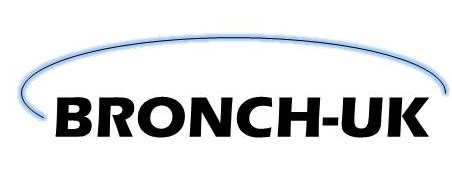
Effect of granulocyte-macrophage colony-stimulating factor on neutrophil function in idiopathic bronchiectasis
Ruchaud-Sparagano MH, Gertig H, Hester KL, Macfarlane JG, Corris PA, Simpson AJ, De Soyza A
Link to publication page: http://www.ncbi.nlm.nih.gov/pubmed/23730995
Journal Ref: Respirology. 2013 Nov;18(8):1230-5. doi: 10.1111/resp.12138.
Abstract:
Neutrophils are consistently found in inflamed and infected airways in idiopathic bronchiectasis, but relatively little is known about the function of blood neutrophils in this condition. We hypothesized that peripheral blood neutrophil (PBN) phagocytosis and superoxide generation are impaired in bronchiectasis, and that granulocyte-macrophage colony-stimulating factor (GM-CSF) is capable of improving neutrophil function. Neutrophils were isolated from the peripheral blood of patients with idiopathic bronchiectasis who were free of exacerbation, and from healthy controls of similar age (n = 21 in both groups). Ingestion of serum-opsonized zymosan by neutrophils was used to quantify phagocytic capacity. Superoxide generation in neutrophils was measured in response to addition of platelet activating factor and formyl-methionyl-leucyl-phenylalanine. Experiments were performed in the presence or absence of GM-CSF. No differences were observed in either phagocytic capacity (P = 0.99) or superoxide generation (P = 0.81) when comparing patients and controls. However, a significant increase in phagocytic capacity above baseline levels in both patients (P < 0.005) and controls (P < 0.005) was induced by GM-CSF. Similarly, the superoxide generation in patients (P < 0.005) and controls (P = 0.001) was significantly increased by GM-CSF. PBN function was preserved in idiopathic bronchiectasis. Enhancement of neutrophil phagocytosis and superoxide generation by GM-CSF requires further study.BACKGROUND AND OBJECTIVE:
METHODS:
RESULTS:
CONCLUSIONS:

